This post may contain affiliate links. Please read our privacy policy for additional information.
Many recipes call for a cornstarch slurry to be mixed in at the last minute to thicken. But how exactly do you make a flour or cornstarch slurry?
For more helpful guides on cooking at home, why not learn how to make an Egg Wash or make some Homemade Bisquick instead?
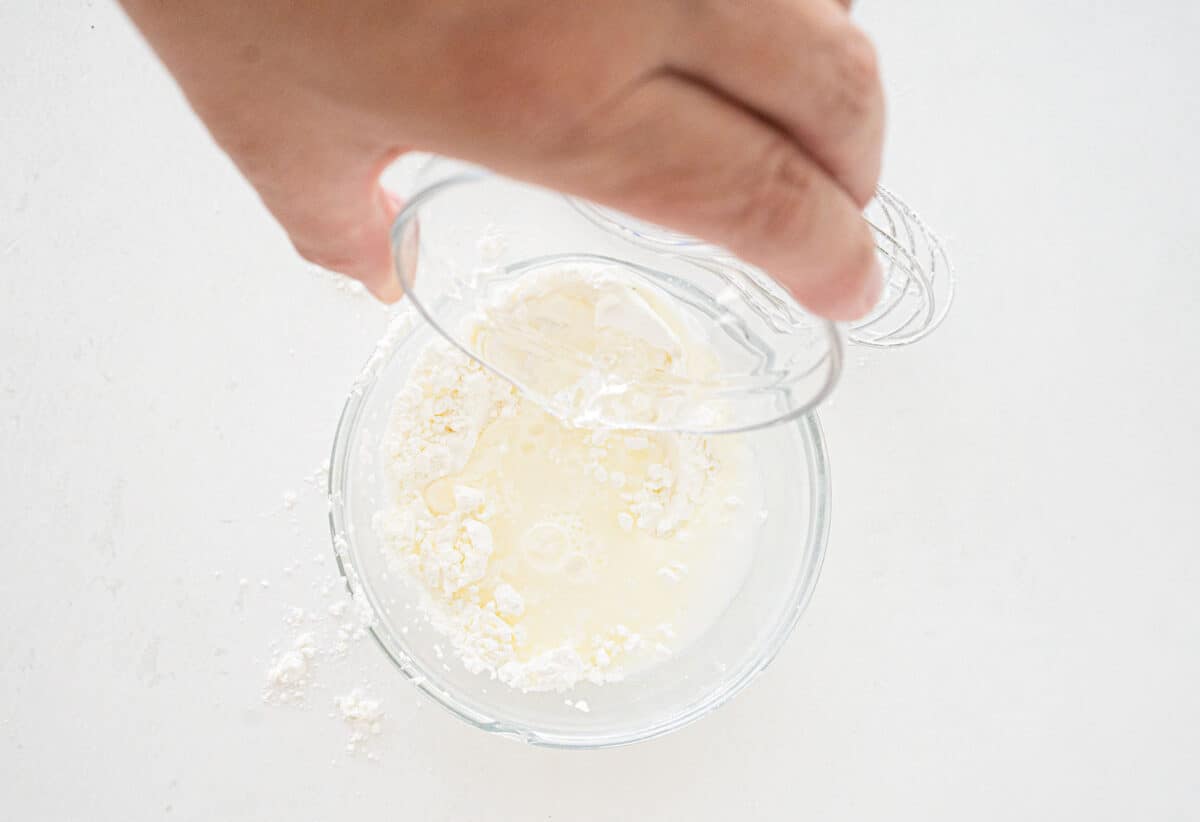
How to Make a Cornstarch Slurry
Making a cornstarch slurry is straightforward but requires some understanding to do properly. In fact, most people who frequently use starch slurries learn how to do it from a young age, so much so that it becomes second nature to them.
Common in Asian cuisines, starch slurries allow you to thicken a soup or broth easily without having to prepare a roux beforehand and cook it at the very beginning of the recipe.
Thanks to the thickening power of flour or cornstarch, what was previously a thin liquid mixture can be thickened into a more pleasant texture.
If you don’t know how to make a slurry yourself, it is absolutely mandatory for any aspiring cook to learn at some point.
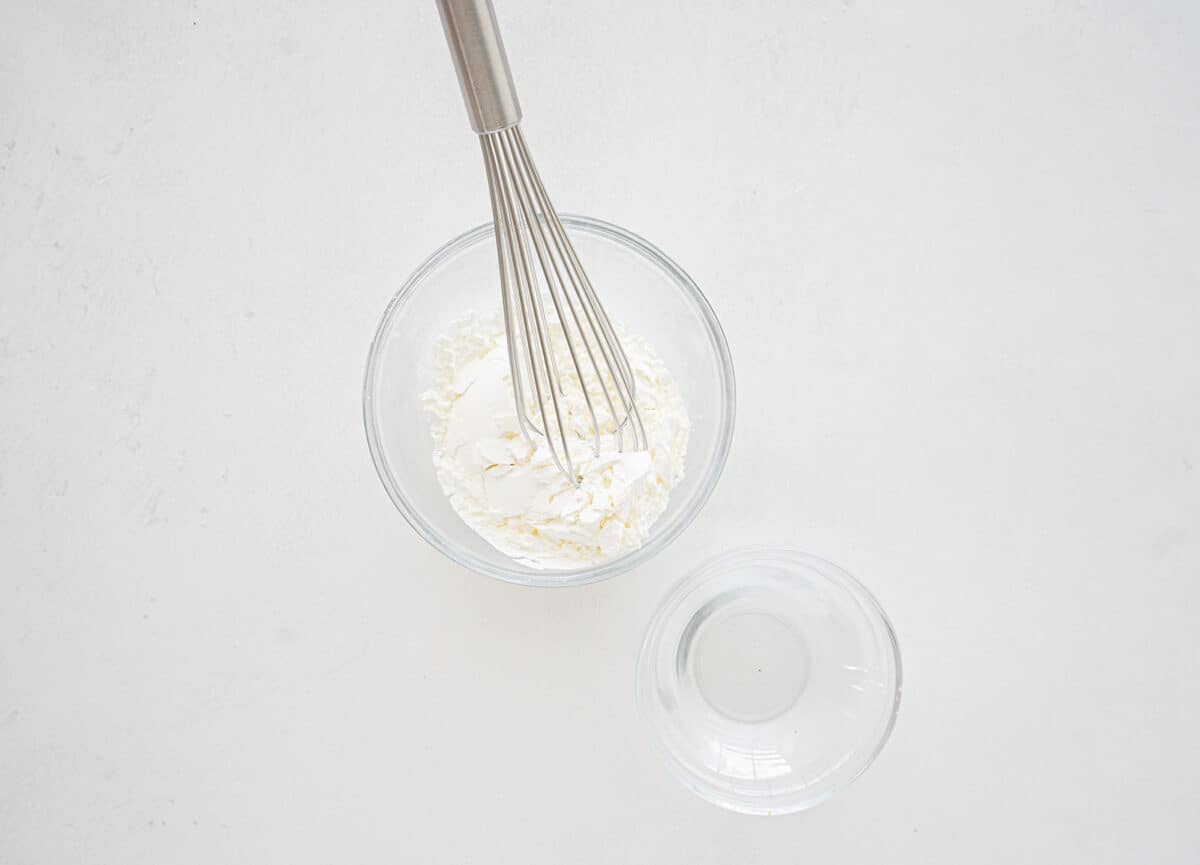
Flour or Cornstarch Slurry Ingredients
Make sure you look at the recipe card at the very bottom for the exact amounts.
• Cornstarch (or flour)
• Water
How To Make Flour or Cornstarch Slurry
• Combine the two ingredients until smooth and creamy
• Whisk rapidly into whatever soup or stew you need to thicken
• Continue to cook the dish until the sauce has thickened properly
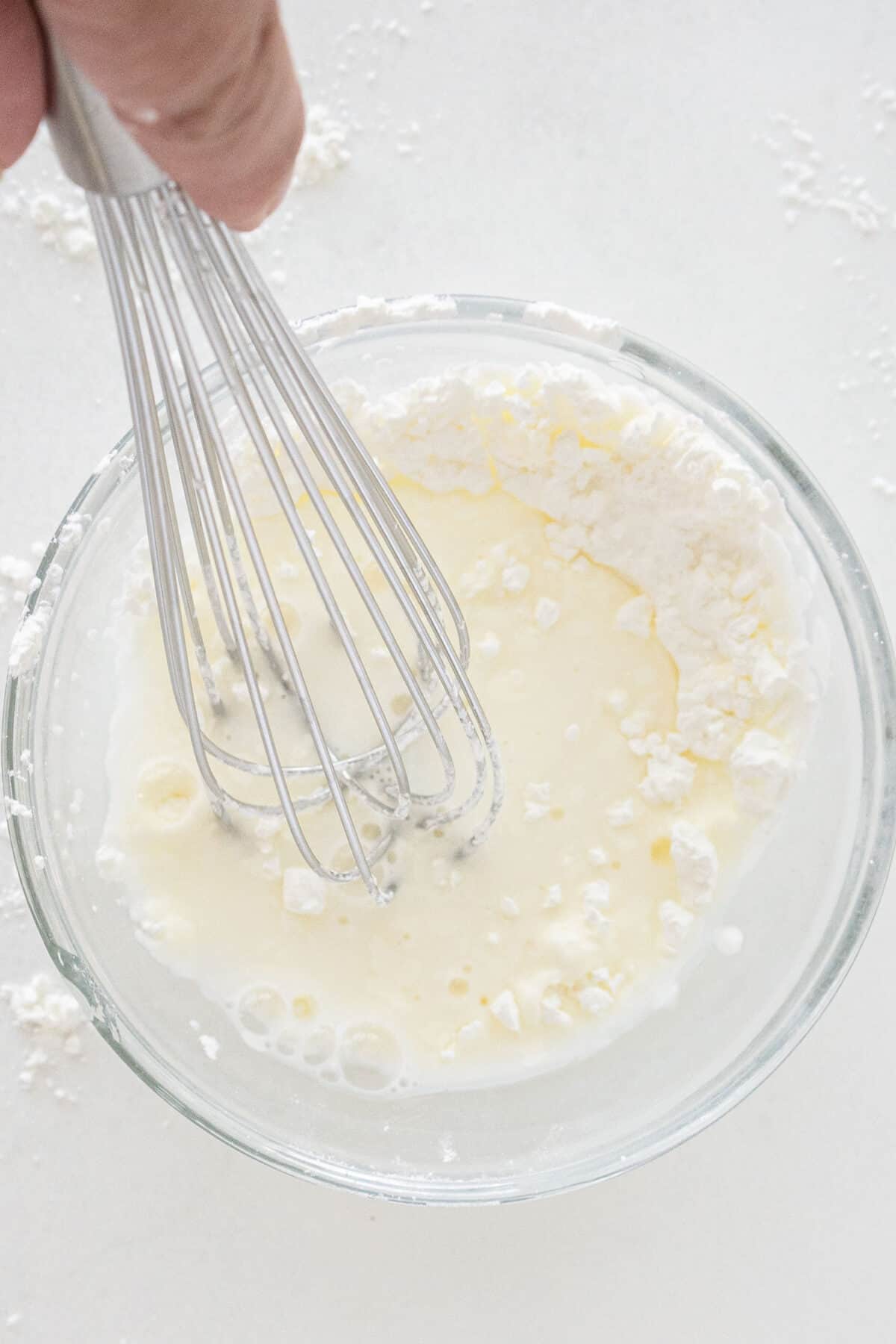
Differences Between Flour & Cornstarch Slurries
So many different recipes call for some kind of starch slurry to help thicken everything. However, there is never really any explanation for when you should use flour slurry or cornstarch.
Though they are made of different types of grain, thanks to the relatively small amount of slurry you use in a recipe, there isn’t any taste difference.
The main difference is the amount of further cooking that they require. A cornstarch slurry can thicken anything you put into it as soon as it has become entirely mixed in and heated.
A flour slurry, meanwhile, requires a good amount of cooking before it starts to thicken. This is because the flour needs time to gelatinize before it can really thicken.
This is why most recipes prefer cornstarch slurries over flour, though flour is obviously a lot more common than cornstarch in most homes.
For those who don’t live in the USA, cornstarch is sometimes called “cornflour” in other countries. Cornstarch should look like an excellent white powder, whereas cornmeal is the rougher, larger pieces of ground-up corn.
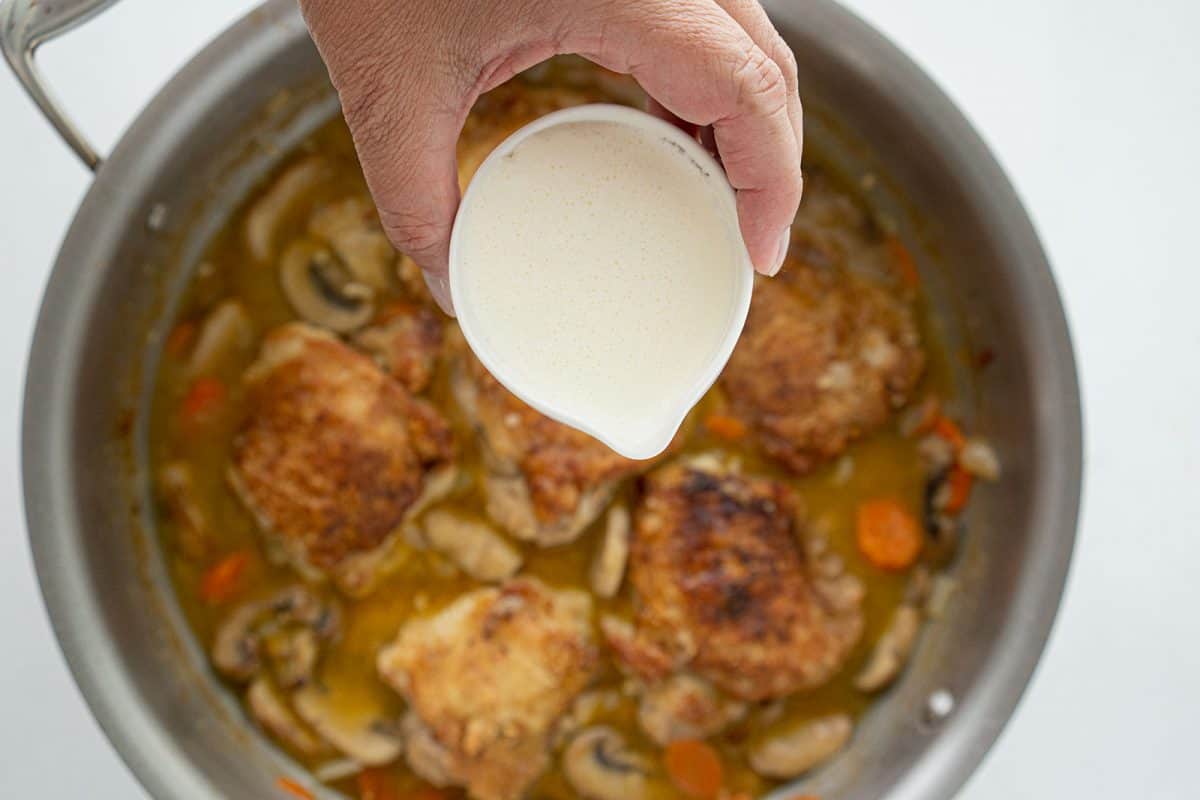
How To Make Sure Your Mixture Thickens Properly
Most recipes that call for a starch slurry usually say to mix it together and then dump it into your recipe, ignoring how to do it properly.
The key to ensuring that your starch mixture thickens properly is to ensure that the starch is completely and totally mixed together before you use it.
Many people mix it together using their fingers, but you can also use a small teaspoon or even a tiny whisk to incorporate everything. If you don’t mix it properly, dry bits of starch can remain in your recipe, which means it won’t thicken your food.
Looking for more delicious Kitchen Tips? Try these out:
Hope that helps someone in the kitchen!
Love,
Karlynn
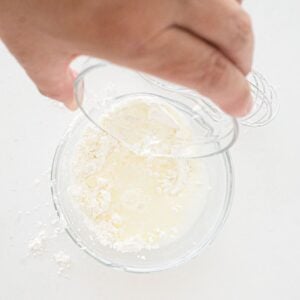
How to Make a Cornstarch Slurry
Ingredients
- 1 tablespoon cornstarch
- 2 tablespoons water
Instructions
- Combine the two ingredients until smooth and creamy.
- Whisk rapidly into the soup/stew that you need to thicken, until fully combined. Cook the dish until the sauce has thickened to your liking
Notes
- You can double or triple this recipe as needed.

Don’t forget to PIN THIS RECIPE to your COOKING Board and remember to FOLLOW ME ON PINTEREST!
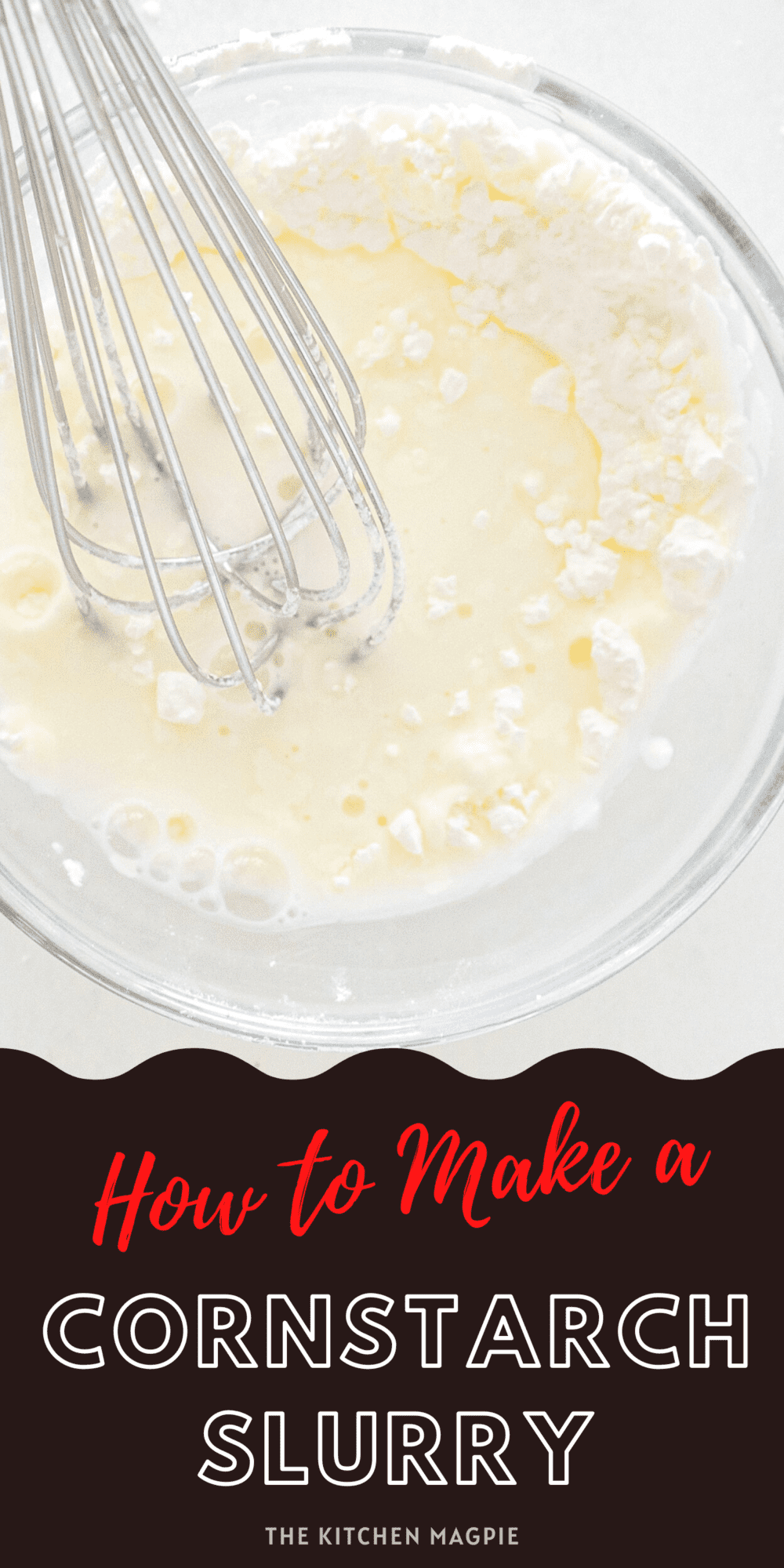
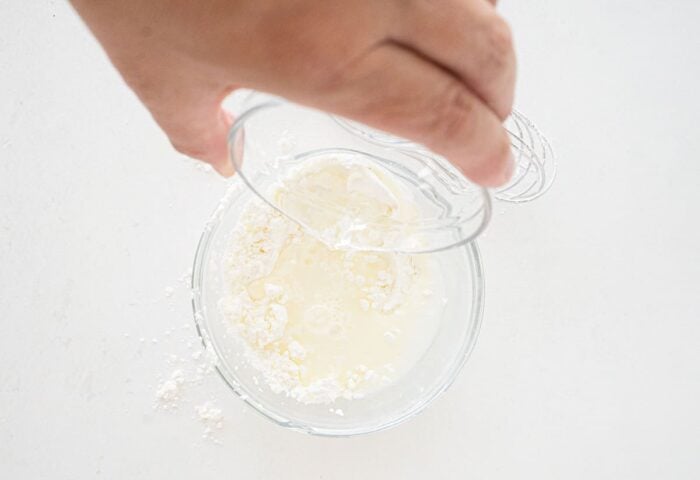
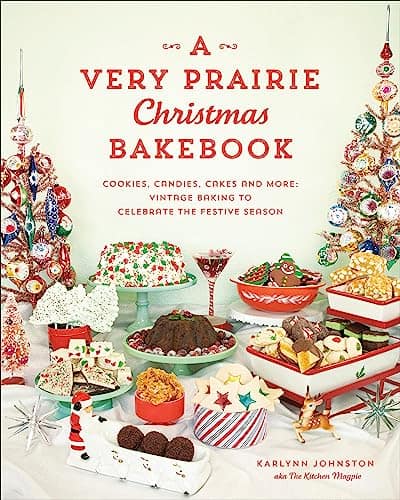
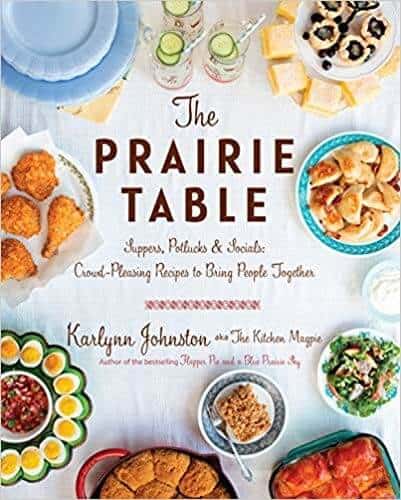
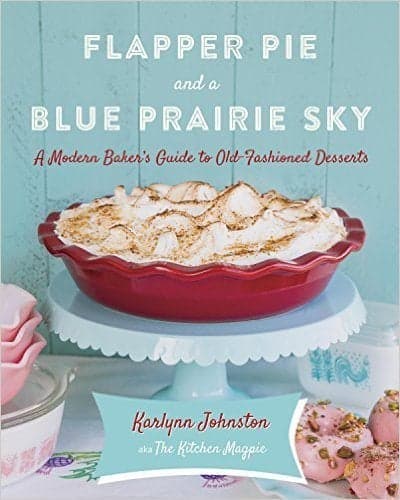


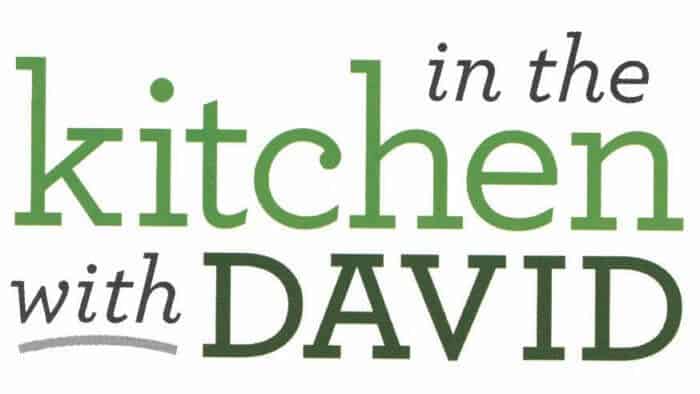





Jason says
I would start off using 2 cups cornstarch adding more for desired consistency.
Barry Dodson says
How much cornstarch for 4 cups of liquid, please? I have been making cornstarch slurry for years but always have to guess how much cornstarch to use. This means extra time trying to add more thickener or add more liquid, when I really want to just serve the dish. Also, for me a big difference in flour and cornstarch is that with flour I can brown the gravy by lightly toasting the flour in butter/bacon fat before adding the liquid. Again, correct proportions are important.